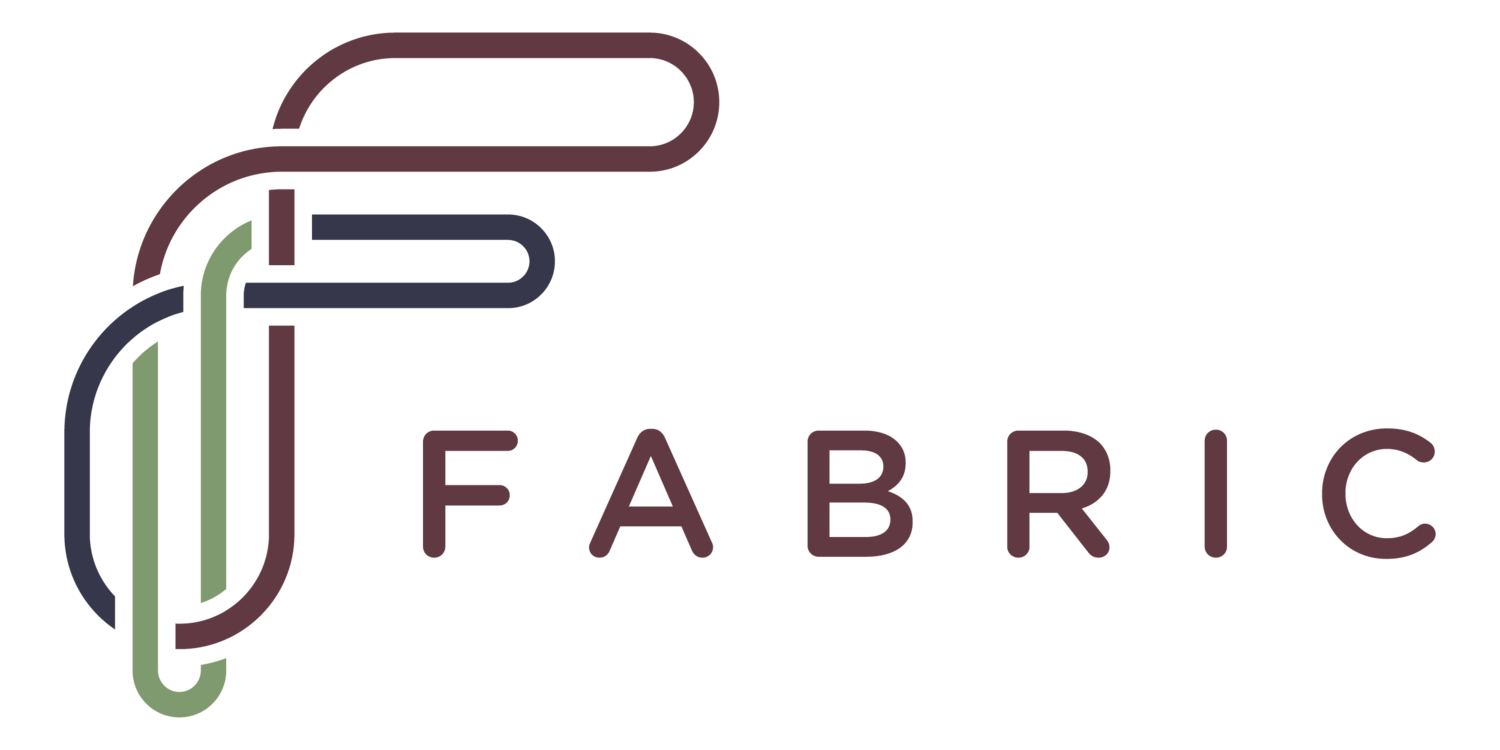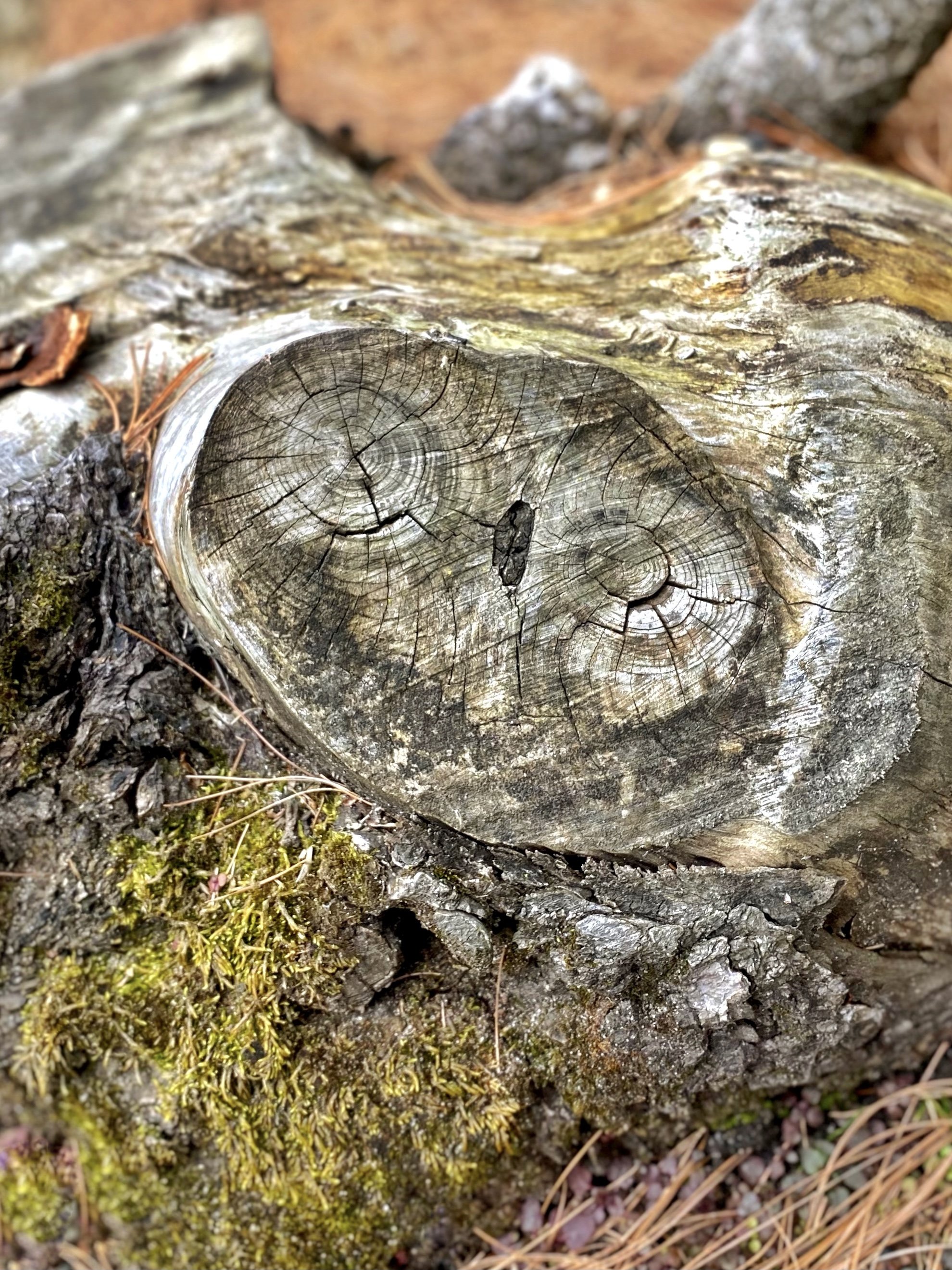Hope Mode
/Where There is Hope
A Fabric Reflection by Jeanette Mayo
On my camera sits a dial with various mode options; in order for me to take photographs I must select which mode I want. I generally set it to aperture priority, or A on the dial, which allows me to change the aperture (this changes the depth of field, or the extent of the image that will be in focus) as benefits my subject or intention, while the camera then alters the other two variables of the “exposure triangle”. Shutter priority, or S, would allow me to change the speed of the shutter and potentially freeze motion like a flying bird. AUTO is an option, if I ever wanted to simply allow the camera to make all the decisions for me. I could also select one of the presets in SCENE mode: portrait, macro, night mode, etc. Our takeaway from this week’s message—Hope is a mode I can practice—got me wondering: what if my camera dial had a HOPE priority mode?
What does it look like when I set HOPE as my priority? No rose-colored filter in HOPE mode. No sparkly effects. No creative softening. I will see the word through the viewfinder just as I would in any other mode, but choosing this setting will help determine how I capture my vision. Maybe HOPE mode will help me focus on something ordinary and see it in a wondrous light. Maybe I will notice something new when my eyes want to settle on the familiar ruts of my inner and outer world. I might “see” a curious, sweet owl face in a sawed off tree stump, or a heart-shaped leaf. Maybe the harshness of “reality” will take on a different meaning. Perhaps I will encounter something that will take my breath away, like this tree I found on a recent walk that stopped me in my tracks. The original core is long dead, but vitality remains in what I assume are all the shoots that grew from the dead trunk. The way they circle and protect the center moved me deeply. Life finds a way; it is still possible to thrive even when it seems that the center of your being has lost the battle. If that isn’t hope, I don’t know what is.







Some Deeper wisdom about doing your job from Mayyadda and Katy Schalla Lesiak’s OpEd this week. “…If those questions raise your own version of imposter syndrome or worry that you are wasting your time or not doing enough – you might be doing something right!”